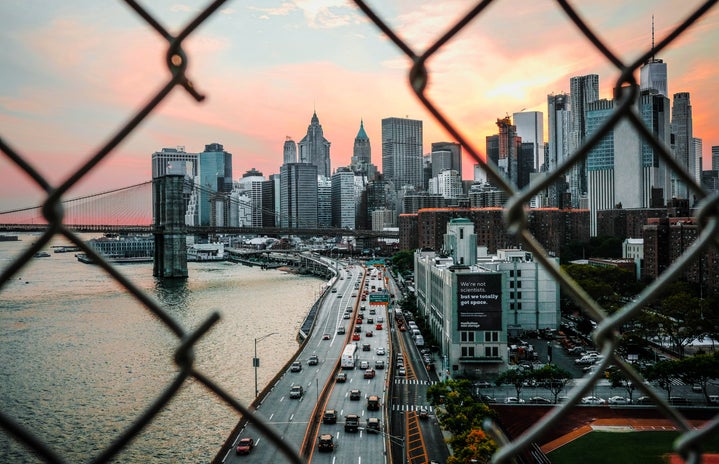Nature is one of the purest and most delicate things our planet produces. Without the resources nature provides us, like food, water and shelter, we wouldn’t be able to survive, yet we humans have been the cause of its demise over the centuries, with deforestation, contamination and the killing of hundreds of species worldwide. Our impact on the planet is being reflected in the various drastic climate changes happening, and the hundred of species on the brink of extinction. Soon, it will be humans who will cease to exist. So tell me, is fighting to preserve the planet and the environment a good thing or a bad thing? Well, that depends on how one chooses to fight it. If you’re more than willing to let people die for the greater good of the planet then you’ll have become an eco-terrorist, like supervillainess Poison Ivy. Disclaimer: I am not encouraging anyone to become an eco-terrorist!
Poison Ivy’s story is loosely inspired by Nathaniel Hawthorne’s short story, “Rappaccini’s Daughter.” Said story follows a confined young woman with a special connection to plants as a result to one of her father’s experiments. Like Ivy, Rapp’s daughter is highly toxic and is isolated from human life. Although there are many versions of Ivy’s origin story, there is always the constant that her plant-based powers and toxins were a product of an experiment gone wrong; whether it was at the hands of her father or a skilled botany professor she interned for in college.
Her most commonly known aliases are: Pamela Lillian Isley (real name), Paula Irving and Lillian Rose. Her previous botanist career is part of her identity and everything she stands for. Ivy’s love for plants and the environment in general make her one of the most dangerous villains Batman has ever faced, due to her lack of empathy for most or all humankind.
After becoming Poison Ivy, she closed herself off to humanity, seeing as they were responsible to most of nature’s destruction. This brings us to the closed off, and very limited, group of humans Poison Ivy cares about, or associates herself with. She was once a member of groups like Birds of Prey, formed by Barbara Gordon (Batgirl) and Black Canary; and Gotham City Sirens, with members Catwoman and Harley Quinn (seen in the picture below).
Her goal to preserve nature, by any means possible, limited her to human relationships, yet it is depicted in the comics that she has a soft spot for the infamous Harley Quinn, even going to such lengths as to make her immune to toxins. Harley Quinn, or Harleen Quinzel, is portrayed as an unstable villain throughout the various DC universes, and while this may be true in some senses, Harleen is not always as unstable as she sets out to be. The female jester is incredibly intelligent, with her psychiatric profession, and she is also overly skilled in battle, following her gymnastics background and her agile hand to hand combat skills. Although she was obsessed with ’Mistah J’, it was Ivy who helped her get away from Joker’s grasp and helped her become more independent. Over the years, and the many comics published, the pair’s friendship slowly blossomed into a romantic relationship.
Being an eco-terrorist has marked Ivy as a villain in the comics and yet, her character has been the topic of debates in which fans argue whether her goal to preserve nature and create harmony between humans and plants is good or evil.
Whether Poison Ivy’s motives are evil or good, we have to admit that there is some logic behind them, and that is to preserve our planet if we are to survive. We all have our own opinions on the matter, but until we set them aside and finally decide we should take a page out of this comic book Mother Nature and start making a change to better the environment.
Invest in a Brita filter and get rid of those unnecessary plastic water bottles, or even buy an eco-friendly straw and take it with you everywhere to avoid plastic straws. Help the environment one step at a time!



